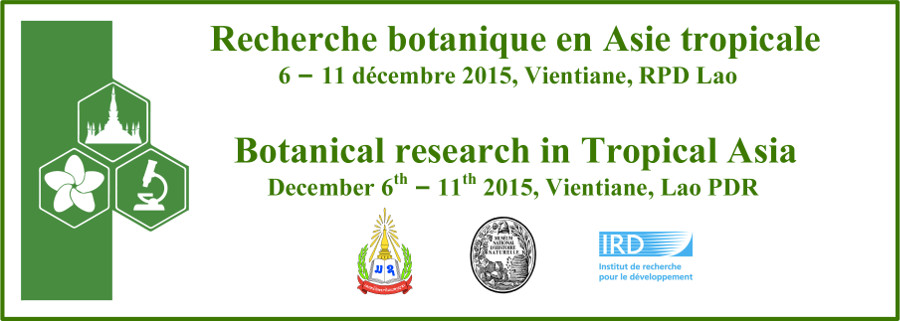Pollen of Argyreia Lour. is characterized as pantoporate with a spiny surface. Differences in pollen morphology were slight, however, some variable characters were noticed and used in this study for creating a phenetic classification. Pollen of 66 species in the genus Argyreia was acetolyzed, measured, described and photographed under a light microscope (LM). In addition, details of the pollen surface were photographed by a scanning electron microscope (SEM). The length, shape and the tip of spines, as well as the size of pollen grains, were used in UPGMA (Unweighted Pair Group Method with Arithmetic Mean) analysis. This resulted in 84 OTUs (Operational Taxonomic Units) of the 66 species, which were grouped into five groups. Even though the grouping based on pollen characters did not correspond to the morphological characters of the whole plant, and might not be suitable for infrageneric classification, we found some unique spine characters in single species that might be useful for supporting species identification. For example, a terete spine with a truncate tip was found only in A. argentea (Roxb.) Sweet, and a conical spine with a truncate tip was found only in A. thorelii Gagnep. The results gained from this study can be used in combination with other morphological and anatomical characters, as well as molecular data to contribute to a better understanding of the taxonomy and also phylogeny of this genus in the future.
- Poster

 PDF version
PDF version

